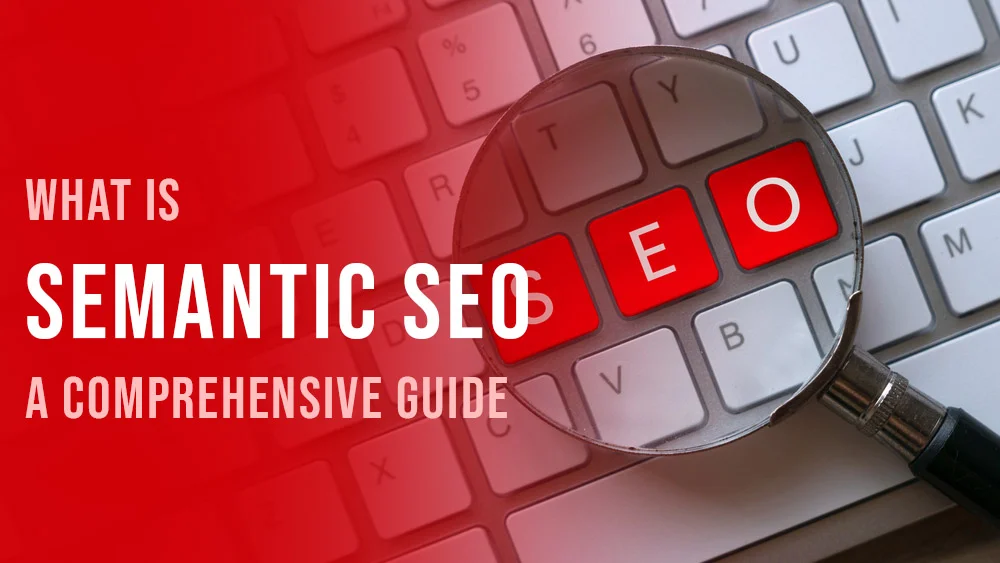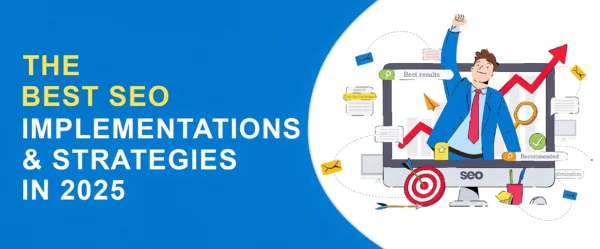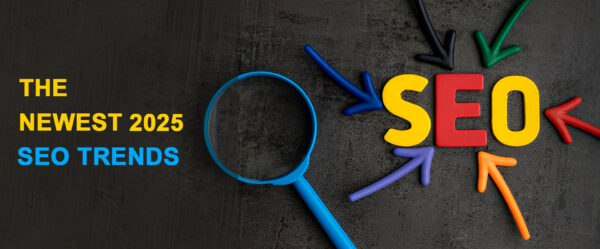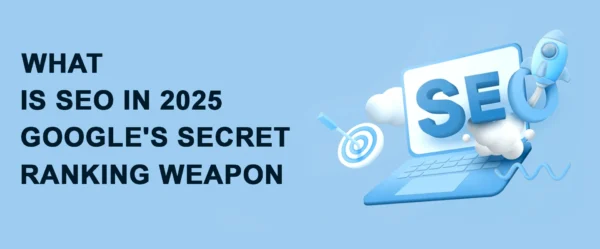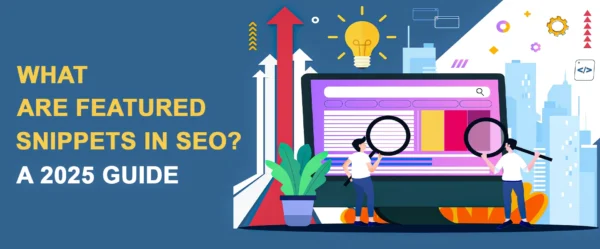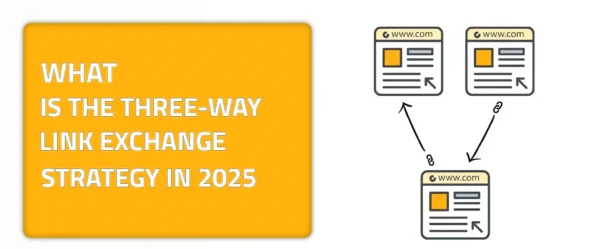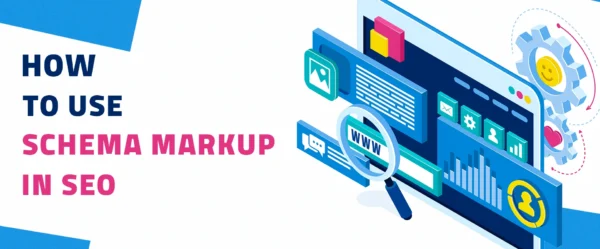The Evolution of SEO: Semantic Strategies Unveiled
Anything you might read about SEO will be limited to one of three things: link building, keywords, and guest posting. Well, this is logical given that these are three of the most important SEO strategies and have been helping websites secure top spots in all search engine result pages. However, as technology advanced, the way that the search engine operated also advanced. This means that the thing that used to be effective back then won’t be as effective now, and this applies to SEO. So, how can people optimize and improve their websites? Easy, semantic SEO. Doesn’t ring a bell? It is fine, as this article will demonstrate everything you need to know about semantic SEO and even more. We will answer all questions ranging from what semantic SEO is to how you can use it effectively.
What is Semantic SEO?
We will start first with the “What is semantic SEO?” question. You could think of semantic SEO as the more improved and advanced version of standard SEO, which adapts and appeals to all the alterations that have occurred to all search engines in the last couple of years. Semantic, as a word, means the study and interpretation of the meaning of words and texts. Yes, such a small word holds this much meaning. Now, when we merge “semantic” and “SEO,” a better term is generated. Semantic SEO is a set of practices that aim to increase the depth of the results in search engines. It also emphasizes creating website content while focusing on a certain topic instead of a keyword. This is done by paying close attention to search intents and the queries that users look for the most and starting to structure content accordingly.
Standard SEO vs Semantic SEO
Now, after we have defined semantic SEO, in what way does it differ from standard SEO and its practices that we know of? The truth is that both SEO and semantic SEO differ significantly in terms of the main aim, fundamentals, etc. So, let us break down a few differences. The first obvious difference is the approach of both terms. The standard SEO that we are familiar with is 100% keyword-centric. All SEO practices revolve around keywords, whether researching, generating, or using them. On the other hand, semantic SEO revolves around the topic and content only. It depends on understanding and analyzing the search queries and curating content that closely relates to them
Another major difference is how content is made. For standard SEO practices, sometimes the quantity of content can win over the quality. As long as the content includes the target keywords and is passable for link exchange opportunities, it is a-ok. Semantic SEO is majorly opposed to this point in standard SEO. Semantic SEO dives deep into the process of tailoring deep content that will appeal to users and accurately address their queries.
The last difference between standard SEO and semantic SEO is the metrics. To effectively use standard SEO practices, you have to focus on metrics like click-through rate, total clicks, traffic, keyword ranking, and so on. All of the metrics have one thing in common, which is demonstrating the effectiveness of keywords and authority. Semantic SEO, however, focuses on all the metrics that demonstrate engagement and user experience, such as bounce rate, pages per session, and many more. These metrics help identify the degree of relevance of the content and information provided.
Benefits of Semantic SEO
Enhanced Contextual Understanding
By delving deeper into user intent and context, semantic SEO moves beyond simple keyword optimization. Search engines can improve the quality of their results by interpreting user intent. Websites can improve their search engine rankings by using this strategy to produce content that is more relevant to user queries.
Improved User Experience (UX)
Relevant and useful content delivery is the focus of semantic search engine optimization. Websites that use structured data and semantic markup make it less difficult for crawlers to understand and display the content. Because of this, search engine results pages now include improved snippets and rich results, which greatly improve the user experience by giving them access to detailed information quickly.
Better Content Optimization
With the help of semantic search engine optimization, writers may better concentrate on making content that is high-quality, thorough, and relevant to the given context. It promotes moving away from keyword stuffing and toward making content that actually responds to customer questions and requirements. More organic traffic is attracted when content is more useful, engaging, and authoritative through the use of terms and concepts that are related semantically.
Increased Visibility Across Platforms
Search engines aren’t the only ones that can benefit from semantic SEO. Other platforms, such as mobile devices, AI assistants, and voice search, also benefit from this. When the material or content is optimized with semantic principles, it becomes more accessible and visible across channels and mediums since it is more suitable for different devices and mediums.
Competitive Edge and Authority Building
Because their content is both extensive and contextually rich, websites that use semantic SEO techniques often rank higher in search results. By offering comprehensive and helpful content, this strategy increases organic traffic, improves satisfaction metrics like visit duration on the page and low bounce rates, and ultimately boosts rankings.
The Role of New Google Algorithms in Highlighting the Significance of Semantic SEO
The process of optimizing websites has passed many stages where people played around with different practices to determine the most effective ones. At one point, people started to realize that keywords were one of the core components that helped increase the website’s authority. However, this realization resulted in the emergence of a practice that was later disfavored by search engines, which is keyword stuffing. Website owners started filling up their websites and content with certain keywords, thinking that this was what would secure the top spot on all SERPs.
Google then decided to make some alterations to its algorithms. For instance, the Hummingbird algorithm update in 2013 was one of the major modifications that Google made. This algorithm update is probably the very beginning of semantic SEO. It included a natural language processing technology to allow web crawlers to understand the context and meaning behind content better. Through this extensive comprehension, users can find search results that match exactly what they want, rather than matching keywords.
Another major search algorithm that highlights its role is Google BERT. Google BERT is an acronym for Bidirectional Encoder Representations from Transformers. Well, that was a lot. Good thing that it has an acronym. The BERT algorithm also involves natural language processing as a main technology. It helps web crawlers interpret the deep meaning behind content and text. This, in turn, highlights the importance of focusing on meaning rather than just keywords, as search results would be based on NLP analysis and displaying relevant content.
The Drawbacks of Semantic SEO
Constantly Evolving Landscape
Search engine algorithms and NLP capabilities are always improving, which means that semantic SEO is a dynamic field. It is necessary to continuously monitor, update, and modify material and strategy in order to keep up with these developments. Businesses may face difficulties in maintaining content consistency and relevancy over time due to the ever-changing nature of this type, which necessitates a level of adaptability.
Limited Standardization and Guidelines
There are no complex rules or general guidelines for semantic SEO, in contrast with standard SEO, which has long-standing best practices and guidelines. Uncertainty in putting strategies into action may result from a lack of defined standards or benchmarks. Businesses may struggle to optimize content efficiently in the absence of clear instructions, which could cause semantic markup, structured information, and optimization efforts as a whole to be inconsistent.
Potential Overreliance on Algorithm Changes
Search engine algorithms’ capacity to comprehend and appropriately interpret human intent and natural language is crucial to semantic search engine optimization. Any modifications or upgrades to these algorithms could have a significant impact on search engine rankings and exposure. When search engines alter their algorithms, businesses that depend only on semantic SEO techniques run the risk of having their content go out of sync, which can cause changes in organic traffic and rankings.
Practices That Can Help You Win the Semantic SEO Game
Now that we totally agree on the importance of semantic SEO, especially with the existence of the new Google algorithms, what are the semantic SEO techniques that one could use?
If you are well familiar with standard SEO practices, you’d be surprised that all semantic SEO practices already exist and are part of standard SEO techniques. For instance, one of the major semantic SEO strategies is user or search intent. To better implement semantic SEO, you have to have extensive knowledge of what your users look for. This requires a deep analysis of user intent to be able to craft your content accordingly.
Based on user or search intent comes the second practice, which is creating high-quality content. High-quality content is already a major part of traditional SEO. However, the major focus on keywords makes website owners overlook this part a bit. Creating quality content for semantic SEO involves crafting an excellent structure or outline and choosing a topic that users would be very interested in. It also involves doing extensive research to write the content so it can be as accurate and relevant as possible.


